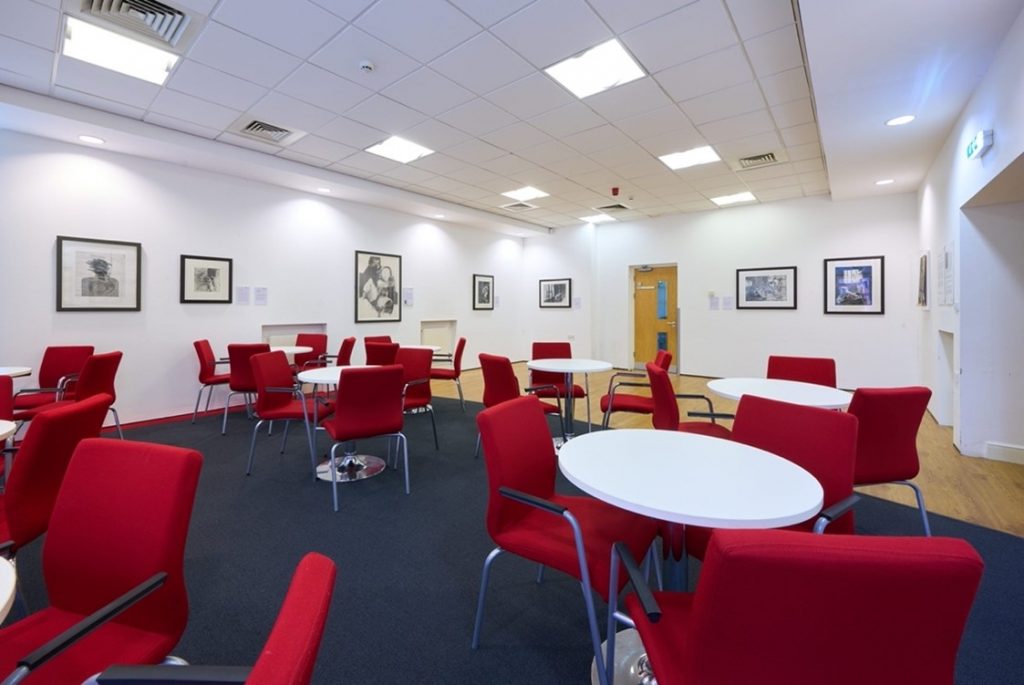Celebrating Albert Adams – Discovering the Special Collection p.3
Hello Curatorial Intern Cami O’Hagan here, this will be my final takeover for spotlighting these artworks. It has been a privilege in showing you my journey in discovering the work of Albert Adams through auditing the University’s Special Collection!
What is the connection between Adams and Salford?
It was at the Slade that he became close friends with the English painter Harold Riley, through this friendship Adams visited Salford to spend the Winter holidays with Riley and his family – this link to Salford could be the reason why Adams’ life-long partner Edward Glennon generously donated such a substantial amount of the artist’s works and studio materials to the University (with the support of ArtFund).


Although moving away from South Africa, he had revisited many times between 1959-90 – it is clear that his home-country and its government’s exclusionary history is embedded within the direction of his artistry. With over 75 of Adams’ artworks in this Special Collection, Adams produced a substantial number of self-portraits throughout his artistic career.
Self Portrait (1956) an etching made during Adams’ final months at the Slade, I believe this self-portrait characterises a shifting point in the artist’s life, the lines that make up his hair are thin and subtle, opposed to the lines around the nose and chin; bold and thick. He was about to start a journey at the Munich Academy of art – relocating again from London to Germany, there may have been feelings of hesitation in not being accepted by society due to white supremacist racial bias.


Last but not least, my personal favourite – Self-Portrait (1958) an oil painting of a handsome and stylish looking Adams in his vest top. A disparate and experimental approach in the use of colour, perhaps this particular style could be a precursor for Basquiat or Jarman. I feel that Self-Portrait (1958) is a prime example of how one could perceive Adams’ body of work through a queer lens, his style is fluid – constantly evolving his technical skills with no fixed medium for his output. Albert Adams was ahead of his time, not adhering to one theme but covering the complexities of his own identity, racial injustice and political oppression.
Human cruelty – war and apartheid
To view more artworks and gain further information on Albert Adams follow the link below!






